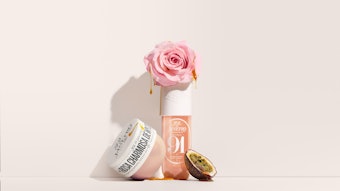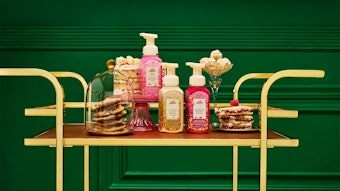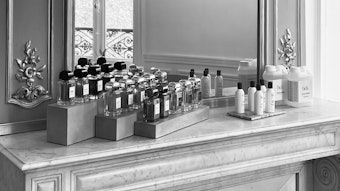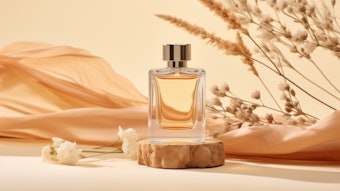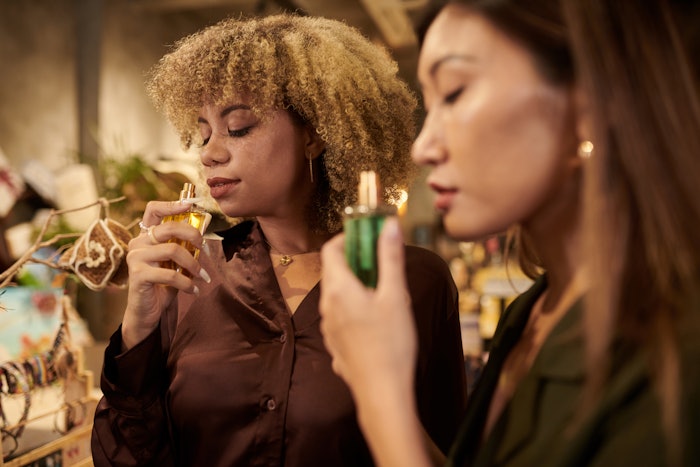
In February 2024, CEW hosted its annual "Global Trend Report" virtual event, featuring data and analyses from Yarden Horwitz of Spate, Larissa Jensen of Circana, Sarah Jindal of Mintel, Sam Mintz of Google, Leslie Ann Hall of Iced Media, Tara James Taylor of NielsenIQ, and Conor Begley and Alex Rawitz of CreatorIQ/Tribe Dynamics. Read our full, multi-part analysis here:
- Beauty 2023-2026: Category Blur & Continued Growth
- Decoding Generation Alpha & Beauty
- Are Beauty Dupes a Good Thing?
Every U.S. beauty retail channel grew in 2023, per Circana data, except direct sell and apparel/other.
Per NielsenIQ data, 36% of Gen Z shops beauty in store only, compared to 28% of millennials (particularly in the United States). Meanwhile, U.S. Hispanics make six more in-store trips for beauty than non-Hispanics.
According to NielsenIQ data, the categories with the largest U.S. in-store growth were candles/fragrance oils, fragrances and deodorant, while online growth leaders were slightly reshuffled, led by deodorant, candles/fragrance and hair care.
NielsenIQ’s data also revealed that Amazon is a booming beauty destination, up 27.7% in dollar sales year-over-year, particularly in fragrance, hair care, facial skin care and sun care.
TikTok Shop, meanwhile, is now the number 12 beauty and wellness e-commerce retailer in the U.S. market, per NielsenIQ—making it bigger than several department store e-tailers; in the U.K. market, it ranks number four and, in China (where the platform is known as Douyin), number two.
According to Circana’s Larissa Jensen, promotion in mass and prestige beauty is relatively low compared to accessories, footwear and apparel.
In part, that’s because high-end shoppers are now spending less on accessories and handbags and more on prestige beauty.
As a result, promotion trends by units is the same or down compared to the mid-pandemic era.
Prestige beauty, meanwhile, appears to be less impacted by inflationary price increases than mass beauty.
That said, inflation impacts various categories differently. For instance, the average price of makeup and skin care is now lower than in the pre-pandemic market, per Circana.
Yet fragrance and hair care prices are higher by 30% and 29%, respectively.
